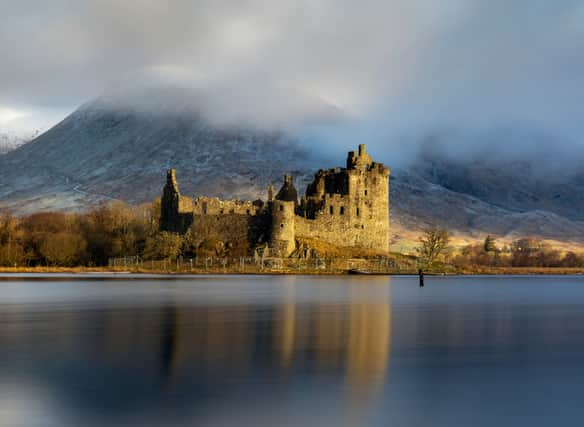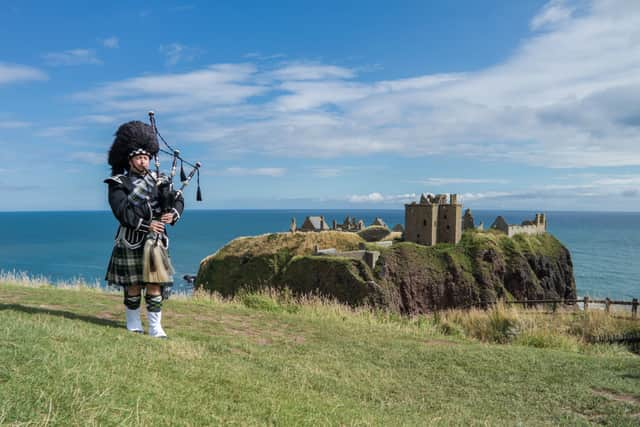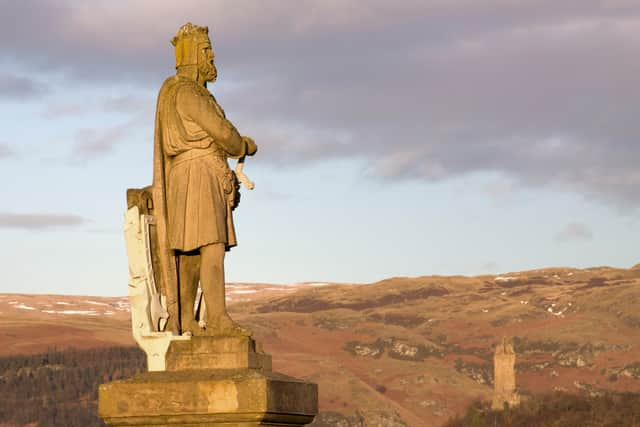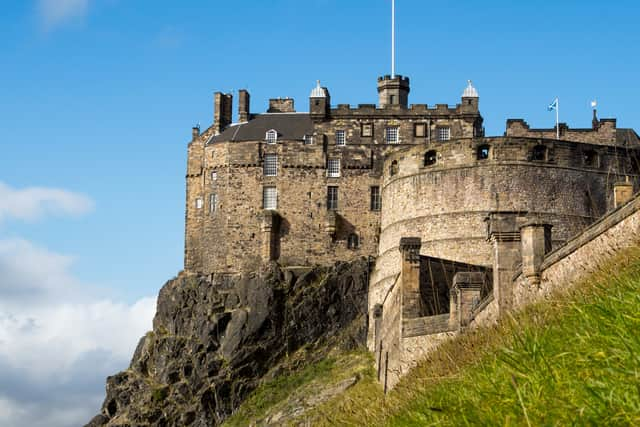Why does Scotland have so many castles? How many are there? Scottish Castles Guide
From the opulence of Balmoral to the decrepitude of Dunnottar, we can’t discuss Scotland without mentioning the country’s breathtaking castles which are some of the oldest and most famous on offer worldwide.


Scotland is famous for its haggis, tartan, kilts, whisky, the Highlands and mythology like Nessie, but also for having an impressive number of castles.
Some are world-famous like Edinburgh Castle nestled in the heart of Scotland’s capital city or Balmoral Castle in the Scottish Highlands where Queen Elizabeth II passed away, but that’s only scratching the surface of what’s on offer as thousands of castles have graced this land over its history.
Advertisement
Hide AdAdvertisement
Hide AdWhile some of these incredible structures are intact, others exist as ruins in a state of disrepair, but what’s consistent between them regardless is their status as unique and fascinating heritage sites. These castles stand as awe-inspiring monuments to the life of Scots in centuries past, each telling its own unique story with more than a fair share of violent accounts from hard-fought battles.
Nowadays, many such sites are known merely as public tourist spots or for having appeared in TV and film (as is the case with Doune Castle in the Outlander series.) However, there is much more to Scotland’s castles than the scenery they imprint onto the Scottish landscape.
Here is an overview of the history of castles in Scotland, why the country has so many castles and how many there are in total.


Historical overview of Scottish Castles
According to the National Trust for Scotland, this ancient land has been inhabited since 12,000 BC. They report:
“People first occupied Scotland in the Paleolithic era. Small groups of hunter-gatherers lived off the land, hunting wild animals and foraging for plants.
“Natural disasters were a serious threat – around 6200 BC a 25m-high tsunami devastated coastal communities in the Northern Isles and eastern Scotland.”
By the time of the ‘Mesolithic’ period, around 7000 BC, the birth of Scottish castles was nowhere near as people were yet to even begin building basic homes in favour of living in caves. Fast forward 3,500 years, however, and we find evidence of early forts appearing in Scotland - some people think of these as our original ‘castles’.
By the 11th and 12th centuries, a time with Vikings in Scotland, we find evidence for the oldest existing castles around today which we trace back to this so-called ‘Anglo-Norman’ period. The introduction of feudalism in the twelfth century saw many more castles built over Scotland, many of which are still standing.
Advertisement
Hide AdAdvertisement
Hide AdThere is some debate as to which is the oldest, but according to Historic Environment Scotland: “Castle Sween is thought to be the oldest castle on the Scottish mainland that we can date with any certainty.
“Architectural details show it was built in the 1100s and occupied for about 500 years.”


Why does Scotland have so many castles?
When we think about how small Scotland is the question seems reasonable, but for those with an understanding of Scottish history it may seem obvious. For most of the Middle Ages, Scotland has been at war as Clans, Nobles and Lords battled against each other or revolted against state authority.
For this reason, they needed a defensive structure (i.e., a castle) where they could hold onto power and defend themselves and their communities from attacks. Indeed, Scotland has a bloody past in terms of civil war but also from foreign invaders such as the Normans, Vikings or Romans, to list a few.
In the South of Scotland there are many castles on display (such as the curiously triangular-shaped Caerlaverock) and these are part of the historic battles for territory against England.
The locations of Scottish castles also reflect this turbulent period. Many are built with strategic military purposes in mind which is why they can be found in spectacular locations like Edinburgh Castle which is built atop an extinct volcano or Dunnottar which is enveloped by the Aberdeenshire coast.
Although some were destroyed during sieges or fell into disrepair from abandonment, the fact that so many castles still stand tall in Scotland is a testament to the foresight and expertise of the ancient Scots who designed them.


How many castles are in Scotland?
According to Visit Scotland: “It is estimated that there were once up to 3,000 castles in Scotland – nearly one for every 100 square miles.” Curiously, Irish Central reports that Ireland’s ‘castle count’ is as high as 30,000, and for countries with common heritage (as evidenced by the Gaelic language) that may be surprising for some.
Advertisement
Hide AdAdvertisement
Hide AdIreland was also a war-torn nation but it benefitted from being less mountainous than Scotland which made the land better suited for castle building.
Regardless, what’s beautiful about Scotland is that you’re never too far away from visiting a stunning castle, and for those structures that were wiped from existence we recommend learning how to read Scottish maps as our heritage languages hold whispers of their reign over this land.
Comments
Want to join the conversation? Please or to comment on this article.
